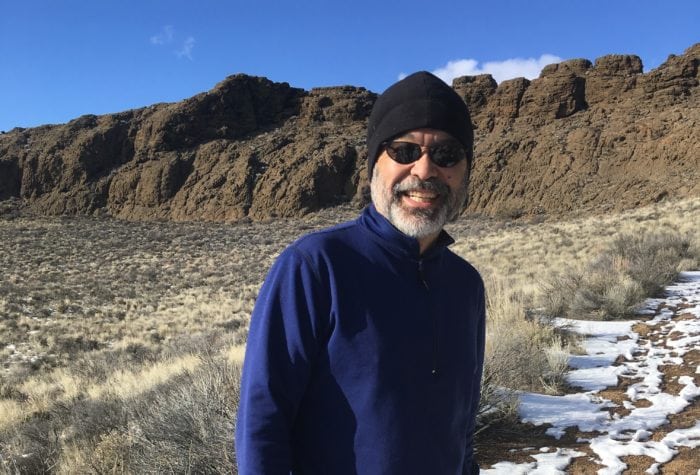The public finally has access to the Trump administration’s report on the review of 27 national monuments, but only because it was leaked to the press.
Astonishingly, Zinke’s memo to the president still fails to provide key details on changes he’s recommending to these jewels of our public lands. Zinke’s report lacks clarity on fundamental questions, such as exactly which lands are proposed for removal from national monument status. It’s clearer than ever that the entire review process was simply an elaborate shell game with a predetermined outcome: to prioritize extractive development by special interests over protection of public lands and resources for all Americans.
The review process did have one consequence the Trump administration didn’t seem to anticipate—a massive public outcry, with 2.8 million people speaking up for public lands and overwhelmingly telling the administration to leave our national monuments alone. With more Americans than ever paying attention to what’s happening on our public lands, the administration responded by trying to keep their plans a secret.
Skip to the bottom of this post to find out what you can do, or read on for our analysis of Zinke’s report.
What’s in the report?
 1. Downsizing four monuments: The administration intends to shrink at least four national monuments—Bears Ears, Cascade-Siskiyou, Gold Butte, and Grand-Staircase Escalante—to allow for increased development like mining and logging. With no maps attached to the report, we can only guess at exactly what lands the administration plans to remove from the four targeted monuments. The most explicit recommendation is for Cascade-Siskiyou National Monument, where Zinke calls for the removal of 16,591 acres from the monument for logging, plus an unspecified amount to “reduce impacts on private lands.”
1. Downsizing four monuments: The administration intends to shrink at least four national monuments—Bears Ears, Cascade-Siskiyou, Gold Butte, and Grand-Staircase Escalante—to allow for increased development like mining and logging. With no maps attached to the report, we can only guess at exactly what lands the administration plans to remove from the four targeted monuments. The most explicit recommendation is for Cascade-Siskiyou National Monument, where Zinke calls for the removal of 16,591 acres from the monument for logging, plus an unspecified amount to “reduce impacts on private lands.”
Our hunch: the administration seems to think that if the public doesn’t know which of our favorite places are included in the lands targeted for development, we won’t have a chance to protest until it’s too late. Meanwhile, Zinke claims that the boundaries of targeted monuments are larger than necessary, while also making clear that the real problem is that there are resources within those boundaries that industry wants to extract for a profit. Unlike the missing information about actually downsizing the Monuments the memo is very specific about some of these resources, including: 4-6 million board feet per year of lumber from Cascade-Siskiyou, and several billion tons of coal and large oil deposits in Grand-Staircase Escalante.
